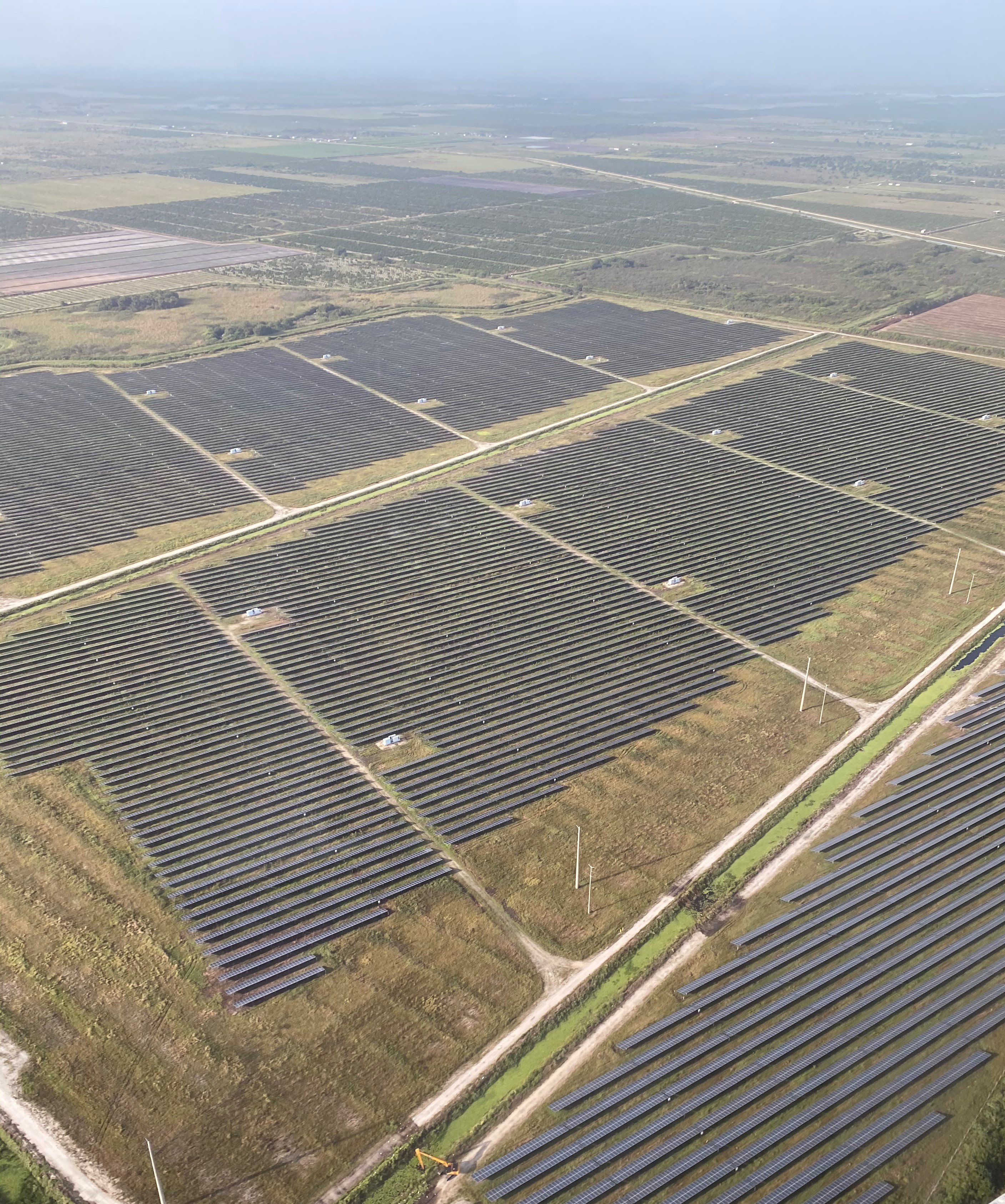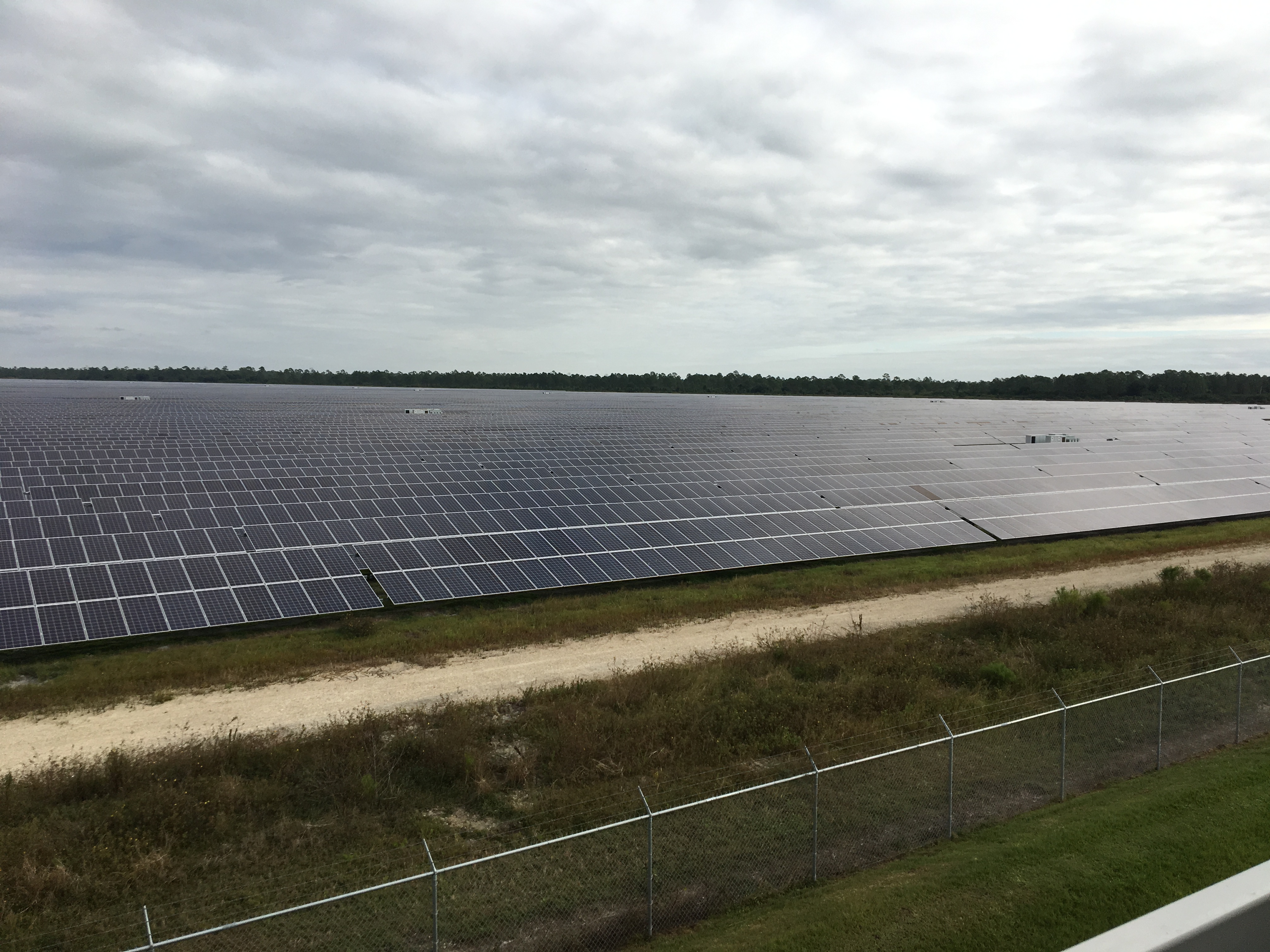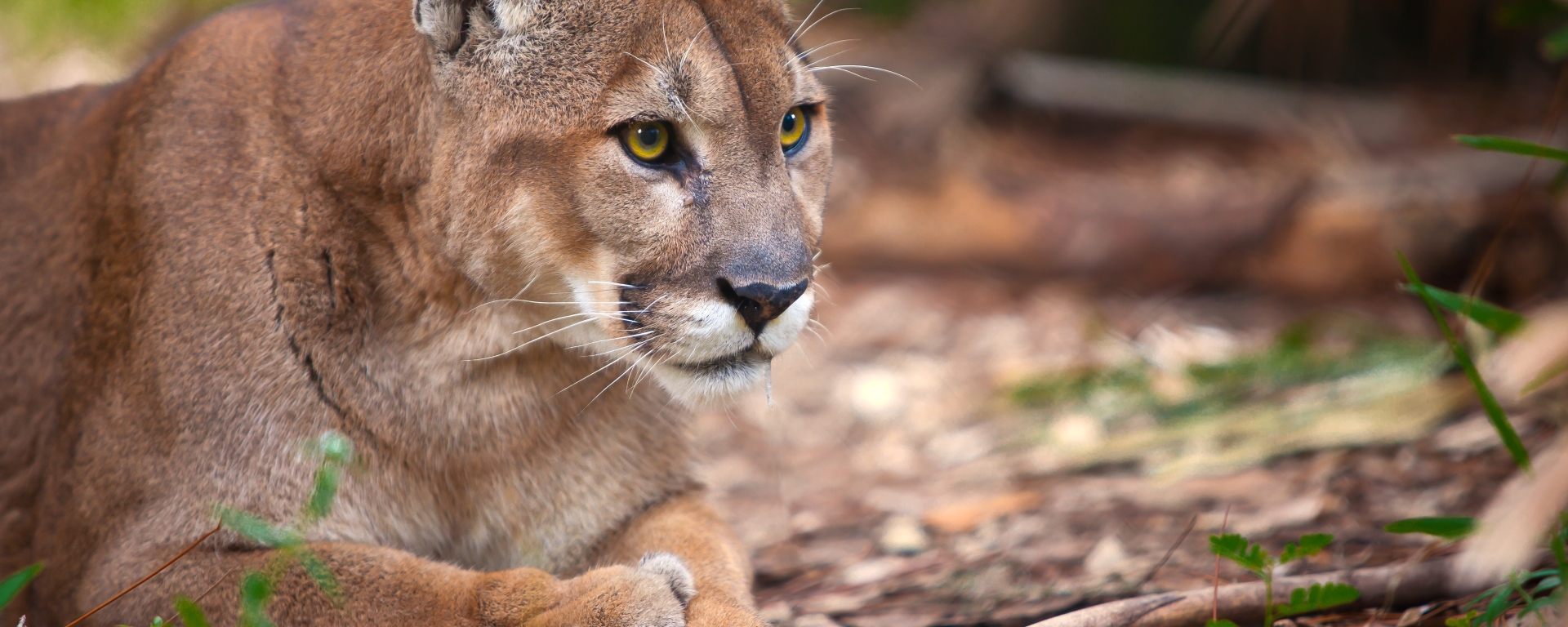In a new study, Leskova and colleagues examined the impacts of utility-scale solar energy (USSE) facility installations on habitat connectivity for Florida Panther within Peninsular Florida.
Faced with the challenge of meeting increasing global energy demands and pressure to shift from conventional fossil fuels to renewable energy sources to mitigate climate change, the environmental trade-offs associated with renewable energy’s implementation are becoming increasingly apparent.
Unfortunately, the perception of renewable energy (i.e., as solar and wind power) as promising sustainable alternatives to conventional energy sources may have contributed to a deficit of research concerning their conventional environmental impacts. This gap in research requires critical attention in order to provide energy companies, regulatory agencies, land managers, and conservation decision-makers with robust research on this new technology to ensure responsible development and permitting practices are established.
USSE (utility-scale solar energy) facility installations may already be degrading landscape connectivity within Peninsular Florida for the endangered Florida Panther (Puma concolor coryi). The Florida panther, a puma subspecies (Puma concolor), once ranged throughout the southeastern United States. Today the only breeding population of Florida panther is restricted to <5% of its historic range, but this area may be at its carrying capacity.
According to the U.S. Fish and Wildlife Service, establishing at least three viable populations within the historic range is necessary for species recovery, and ensuring landscape connectivity between the remaining large contiguous areas of suitable habitat, i.e., core areas, is critical for achieving this goal. The number of USSE facility installations increased rapidly throughout Florida over the previous decade, and while important in reducing carbon emissions, they pose threats to remaining suitable habitat and dispersal corridors for the Florida panther.

We hypothesized that large USSE facilities were being placed predominantly in rural areas where Florida panther dispersal corridors are located, and that USSE facility installations degrade these corridors. We compared habitat suitability and connectivity for the Florida panther before and after the installation (or impending installation) of 45 USSE facilities, covering a total of 112 km2, within peninsular Florida.
The results showed that solar facilities were most often installed on grasslands and pastures (45.7% of the total area replaced by solar facilities was formerly grassland or pasture), and agricultural lands (34.9%). Forest was the third most impacted land cover category (13.2%).
In terms of connectivity, nine facilities were located within major corridors connecting the only breeding population with other core areas of suitable habitat capable of supporting populations of Florida panther. Another 26 facilities were located within lesser corridors or areas that still maintain some dispersal capacity, and six facilities had no, or very minimal, expected impact on connectivity. It is noteworthy that four facilities were excluded from the connectivity analysis because they were installed within core areas of suitable habitat.

Our findings suggest that there is a substantial bias in locating of USSE facilities within rural and undeveloped lands that may provide connectivity sufficient for Florida panther dispersal to other habitat suitable for population (re)establishment. When it comes to siting USSE facilities, broader-level landscape connectivity impacts should be taken into consideration in addition to environmental impacts within facility boundaries.
As we strive for a sustainable future, it is important to ensure that both renewable energy and conservation goals are taken into account so that our shift toward renewable energy does not come at a price of exacerbated biodiversity loss.
Read the full paper Impacting habitat connectivity of the endangered Florida panther for the transition to utility-scale solar energy in Journal of Applied Ecology
